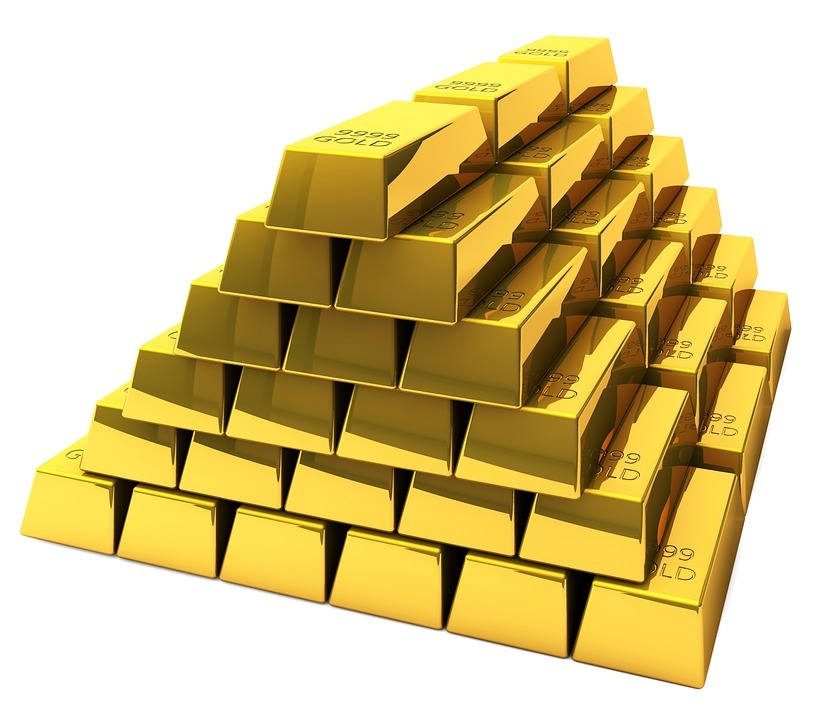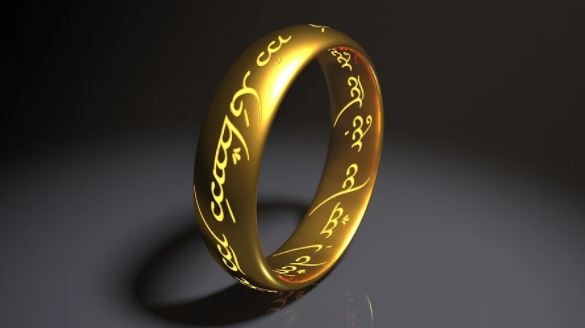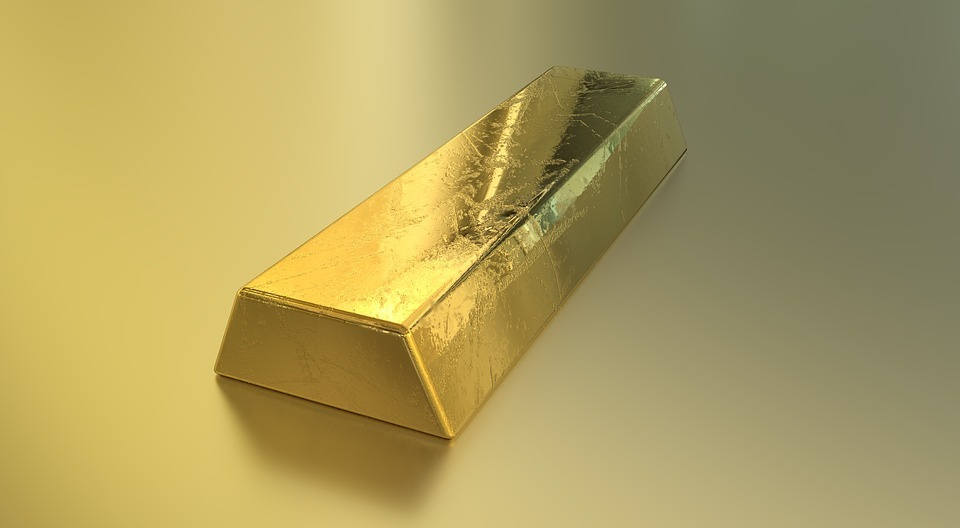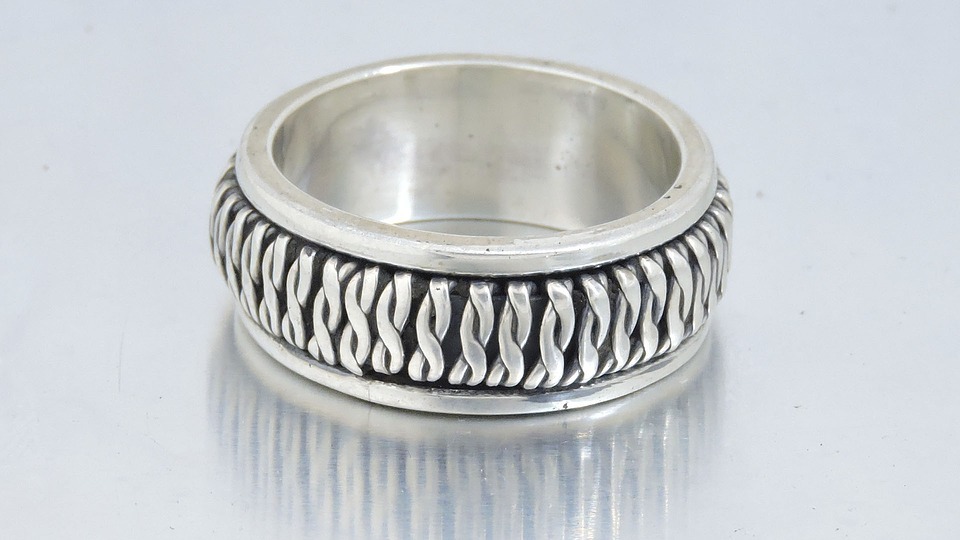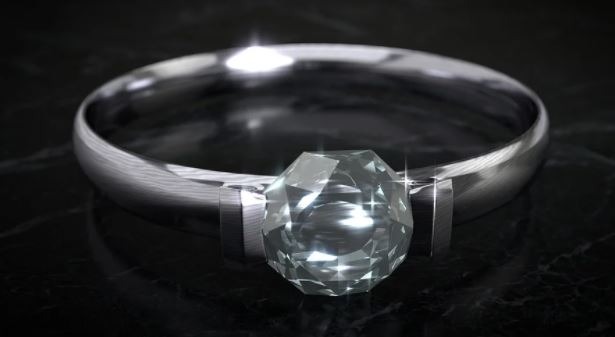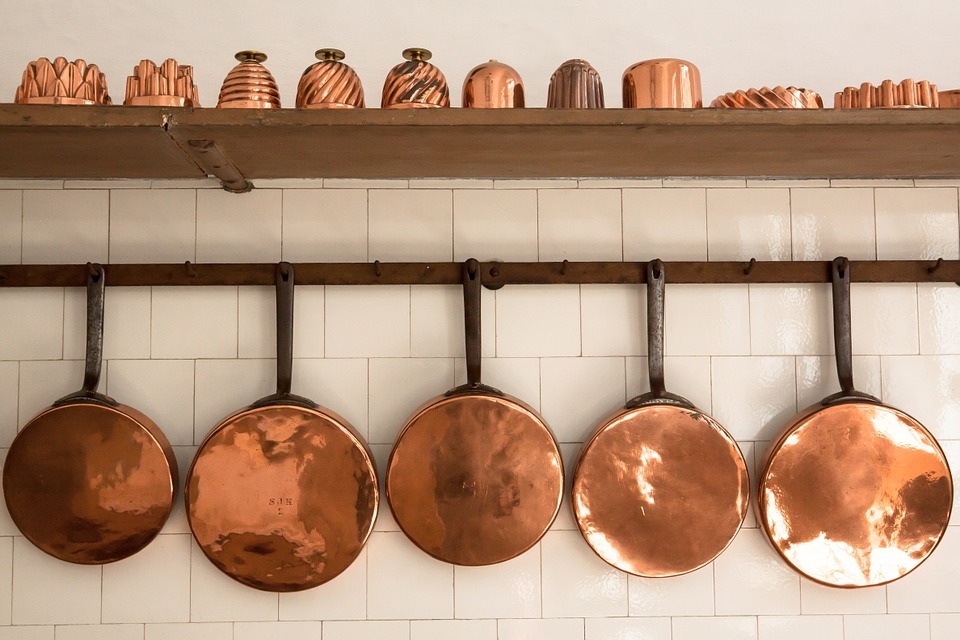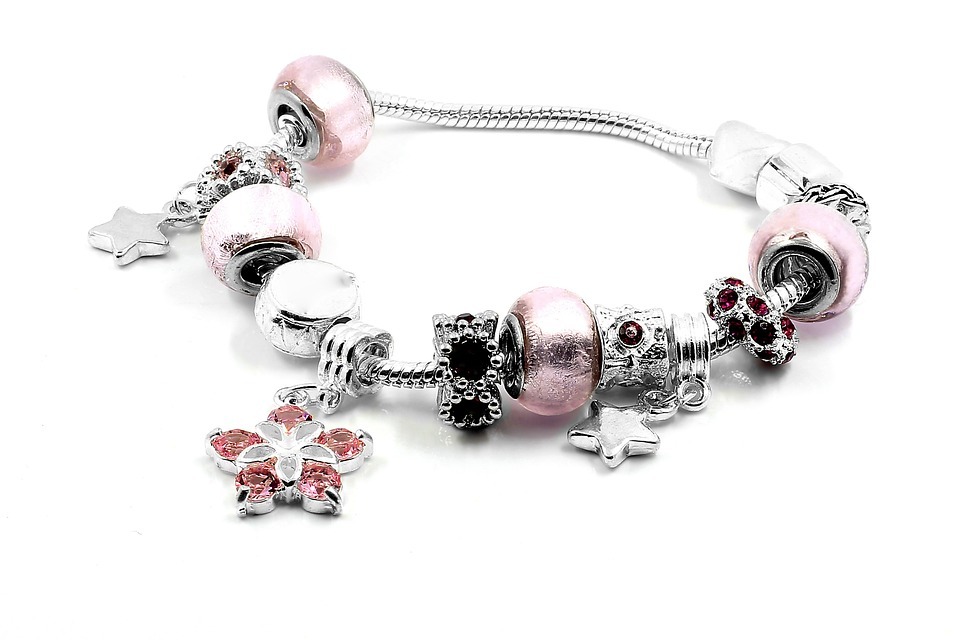For thousands of years, jewelry has played a vital part in our lives as it was the first form of artistic self-expression known to mankind. Back in the day, the main purpose of jewels was to symbolize the wearer’s personal and social status while enhancing their natural beauty.
In today’s world, jewelry is considered more of a fashion accessory and used to add a classic or chic touch to an individual’s overall look. With this modern perspective of jewelry, there are numerous metals of different price and quality levels used in its making to cater to a broader range of customers.
Here are a few types of metals typically used in jewelry making:
Gold
Gold is one of the commonly used precious metals in jewelry making due to its pliable nature. Being a soft metal, pure gold cannot maintain its shape. Therefore, gold used in jewelry making is often mixed with other metals like silver, zinc, copper, palladium, or tin to increase its durability. There are quite a few karats of gold available in the market depending on the percentage of alloys mixed with pure gold.
- 10karat gold means 41.7% of pure gold is used.
- 14karat gold means 58.5% of pure gold is used.
- 18karat gold means 75% of pure gold is used.
Value, price, and quality of the gold are determined by the share of other metals mixed to form the final product. 14 karat gold is commonly used in jewelry making rather than 10 karats because gold ages over the years and loses its attractiveness if there is a low share of pure gold. 18 karat gold jewelry is a bit rare and is normally made on custom orders due to its high price tag. The alloy mixings tend to change the color of gold, making the metal available in various colors like yellow, rose gold, and white.
Pros and Cons of Using Gold to Make Jewelry
Pros
- Can be worn every day as it doesn’t tarnish or corrode due to its resistance to most liquids, acids, and chemicals.
- Due to its hypoallergenic properties, pure gold is safe to wear for people with sensitive skin.
- The soft nature of gold allows elaborate designing and a wide range of jewelry pieces.
- Gold doesn’t need a lot of maintenance as it can easily be cleaned at home.
Cons
- Gold can get scratched.
- White gold is plated with rhodium to enhance its white coloring but with time, the plating can chip off.
- May lose its shine and shape over time if a very low amount of pure gold is used.
- Gold has a higher price point than silver.
Silver
Silver, with its gleaming grey-white color, makes a great jewelry metal for people who aren’t into gold’s bright shades or higher price range. Just like gold, pure silver is a flexible metal. As a result, 100% pure silver jewelry is not an easily available option in the market. Instead, an alloy of silver known as sterling silver is used in jewelry making.
Sterling silver consists of 92.5% of silver and 7.5% of other metals such as copper. This helps to increase its rigidity and strength. Sterling silver is easily available in the market in a wider range of products like bracelets, rings, necklaces, earrings, cufflinks, watches, belt buckles, and many more due to its low price point.
Pros and Cons of Using Silver to Make Jewelry
Pros
- Among all precious metals, silver has the lowest price point.
- Silver can last for a long time.
- Silver can easily be polished at home to get rid of tarnish and achieve a luminous sheen.
Cons
- Silver needs to be stored in protective pouches/containers to prevent the metal from tarnishing.
- Not recommended for repetitive daily wear.
- Silver is not scratch or dent resistant.
Platinum
Platinum is a silver-white naturally occurring precious metal that is four times harder than gold and 30 times rarer as well. It is mainly found in Russia and South Africa. Being a dense and heavy metal, platinum is not quite workable. Therefore, it is alloyed with cobalt, iridium, tungsten, ruthenium, or palladium to increase its flexibility.
Platinum is usually used for wedding or engagement rings. There are two types of platinum alloys used in jewelry making:
- 900 platinum that is 90% pure platinum alloyed with another metal.
- 950 platinum that is 95% pure platinum alloyed with another metal
Though 900 platinum and 950 have no difference in appearance there is a huge difference in their quality and price range.
Here is how you can save platinum from scratching – Preventing Platinum from Scratching
Pros and Cons of Using Platinum to Make Jewelry
Pros
- Platinum is heat and scratch-resistant
- It has natural hypoallergenic properties that make it a great option for people with sensitive skin.
- Platinum does not tarnish or age over the years.
Cons
- Platinum has a higher price because of its rarity.
- Jewelry items made of platinum are heavier than gold.
- The higher density of platinum requires it to be alloyed with other rare metals.
Titanium
Titanium has a greyish-silver/white color and is the hardest natural metal in the world. It has three times the strength of steel and is much stronger than platinum yet it’s surprisingly light-weighted than all other precious metals. Due to its high corrosion resistance, titanium is used for body piercing, watch parts, and casings.
Titanium is commonly used for machinery and surgical implants rather than jewelry making. Hence, its variety is restricted to men’s fashion accessories like wedding bands, watches, and bracelets.
Learn more about how to find out that your metal is authentic or fake – How to Identify Metals in Jewelry?
Pros and Cons of Using Titanium to Make Jewelry
Pros
- Titanium does not tarnish or corrode therefore can be used for daily wear.
- Lighter than gold, silver, and platinum.
- Jewelry can be made with 100% titanium which means it’s harmless to all skin types.
Cons:
- Titanium cannot be easily soldered unless it is alloyed with other metals.
- Jewelry made of titanium is not resizable. The metal needs to be either cut or fully deconstructed to alter its shape or size.
- The labor cost of titanium is high therefore its jewelry is at times more expensive than other precious metal jewels.
Base metals
Base metals are metallic elements that aren’t accounted as noble or precious metals. As a result, they are very commonly used in making inexpensive jewelry like costume jewelry. Base metals consist of metals like zinc, copper, brass, and bronze. Copper is generally used to alloy with other metals to make jewelry. Mainly, it can be utilized for making cheap historic jewelry due to its reddish-brown tone. Zinc and copper are alloyed to make brass, which is typically used to imitate gold jewelry with gold-yellow hues.
Pros and Cons of Using Base Metals to Make Jewelry
Pros
- Base metal jewelry is reasonably priced.
- A wide variety of jewelry items are made using base metals.
- Offer a broad range of colors depending on the alloy mixing.
Cons
- The surface of almost all base metals is quick to tarnish and oxidize.
- Base metals often cause allergic reactions.
- Base metals are not hallmarked and cannot be used in jewelry items that are hallmarked.
Stainless Steel
Stainless steel was not conventionally used for jewelry making, but it has become popular in the industry over the past few years due to its glinting white color and cheaper price tag than silver. Before gaining popularity, stainless steel was generally used to make earrings for freshly-pierced skin because of its hypoallergenic properties. Today, stainless steel is used to make bracelets, rings, chains, earrings, and necklaces.
Pros and Cons of Using Stainless Steel to Make Jewelry
Pros
- Stainless steel does not require much maintenance as it is tarnish and scratch-resistant.
- Has a price tag lower than all precious metals as it is a simple compound metal of chromium, iron, and carbon.
- Stainless steel is lightweight and comfortable to wear on an everyday basis.
- Unlike silver and white gold, stainless steel does not need to be planted by another metal as it is naturally white.
Cons
- The variety of stainless steel jewelry is very limited.
- Stainless steel can react with household chemicals containing chlorine.
- Resizing or modifications to the final product cannot be made by hand.
Conclusion
Above we have mentioned different types of metals used in jewelry making along with their unique qualities and potential drawbacks. Normally metals suggested for women are gold, silver, platinum, and base metals whereas titanium, platinum, and stainless steel are typically preferred for men. However, there aren’t any hard and fast rules in jewelry so try out different types of metals by adding them to your collection. Make sure that you go through all of their pros and cons first and soon you’ll find your desired metal for making jewelry.

